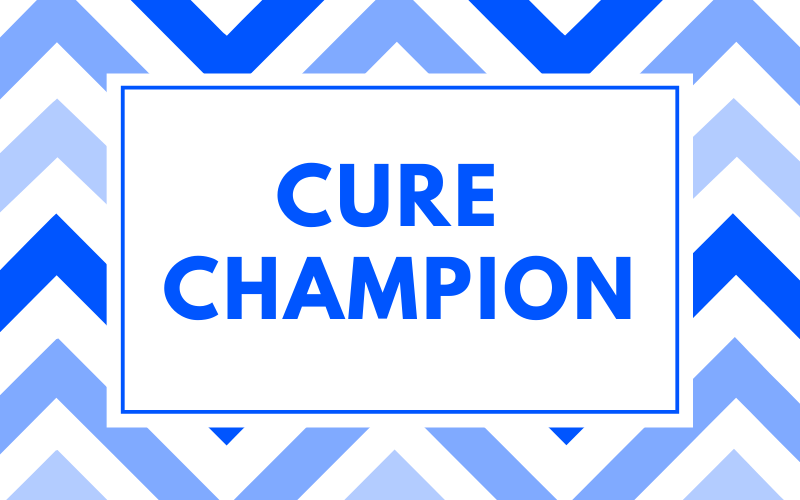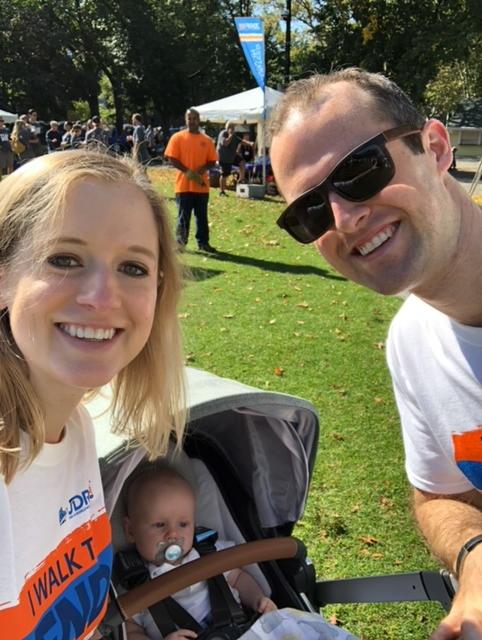August Cure Champion

There’s an interesting moment in the life of a type 1 diabetic. For much of the period after initial diagnosis, and even in the years beyond, you mostly focus on how type 1 diabetes (T1D) affects you: precisely counting carbs at every meal, tracking the ups and downs of daily life through a continuous glucose monitor (CGM), making sure you have a bottle of juice on the nightstand for those midnight lows, remembering to inject a new insulin pump insertion site every three days. It’s a lot to figure out, and even 19 years after my “dia-versary”, I find no two days of T1D are the same – which means a lot of guess-and-check and learning to go with the flow.
But at some point, your attention starts to shift from the burden of dealing with T1D yourself to the impact T1D has on those around you: the worry you cause your wife when she sees your blood sugar plummet on her mobile app from afar, the frustrating (if temporary) delay in going outside you try to explain to your two year old son as you wait for your blood sugar to normalize, the important work meeting you have to leave abruptly to go fix a pump tube occlusion, the stressful delay you cause at the airport because you have to go through an added pat-down when your pump causes the alarms to go off.
I was diagnosed with T1D at age 14, which means I have borne much of the direct burden of managing the disease independently (a real privilege, I realize, compared to those who have had to deal with T1D since infancy). As a result, while I was aware of JDRF, it took me a long time to decide to get involved. As an active, 20-something young professional, it felt like my T1D raised the difficulty level on life from “normal” to “hard,” but I didn’t want anyone’s sympathy or to be seen as a victim. I was persevering and doing just fine!
I’ve learned to appreciate two realities since then:
First, as much as I might want it to be, navigating T1D isn’t a solo journey. I have to trust my wife to hold my son while I program a bolus and to make sure our stores of single-serve juice are fully-stocked. I rely on my co-workers to be patient with me when my unexpected high blood sugar prompts an extra trip or two to the bathroom while traveling. And I needed my college roommate to rouse me from the early stages of a late-night hypoglycemic seizure to avoid an unthinkable potential tragedy.
Second, as far as T1Ds go, I’m about as lucky as they get. I have a tremendous support system of family and friends, access to world-class medical care in the Boston area, and the tech-savviness to use the most advanced T1D devices available. Not everyone is as fortunate as I am – and dealing with T1D without all the resources I have is a staggering challenge to imagine.

And so ever since I stepped foot into my first JDRF Gala, solicited my first corporate sponsorship, or joined the Greater New England Chapter Board it’s not been about me. I walk at the JDRF One Walk for my wife and my son, my friends, and my co-workers who support me every day. And I raise money for research for the T1D who doesn’t have all of those privileges – in the hopes that one day none of us will need them.
-Colin Motley | Greater New England Community Board President